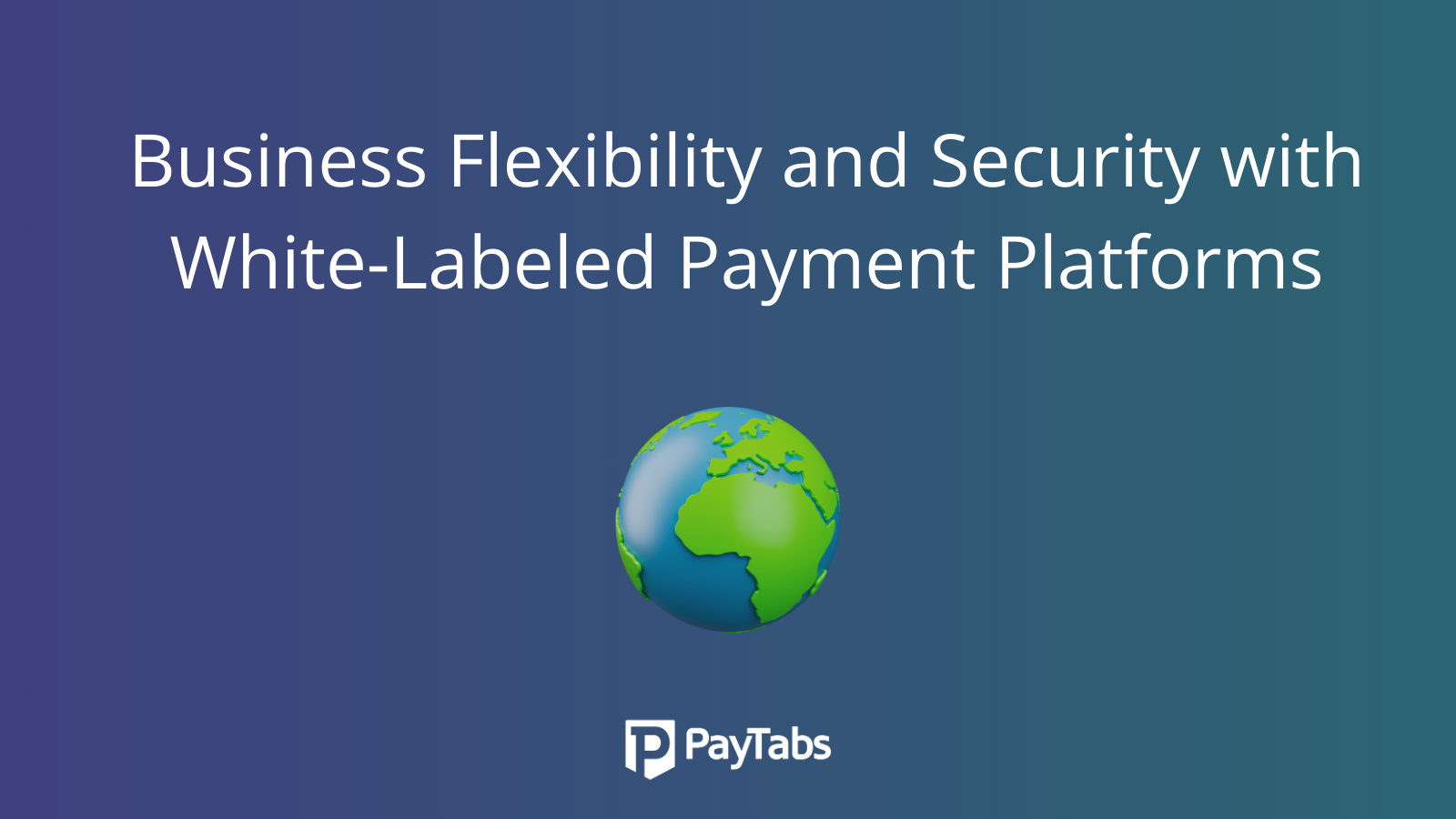Optimizing Business Retention with Flexible Subscription Models and Repeat Billing

Did you know that it can cost you five times more to acquire a new customer than retain an existing one? Also, the success rate of selling to a current customer is 60% to 70%, which is significantly higher than the success rate in case of a new one (5% to 20%). So, it’s evident that improving loyalty and retaining customers is essential for your UAE business to survive and thrive. And if you have a subscription-based business, an efficient repeat billing module can go a long way in accomplishing the same.
Whether you run a gym or club, sell magazines or SaaS solutions, or offer advertising services, a recurring billing system can help you charge customers at predefined intervals and in an ongoing manner. This will translate to a continuous stream of revenue for you and a smooth, convenient experience for consumers. Let’s delve deeper into this and look at how you can enhance retention with subscription billing flexibility.
Is Repeat Billing the Same as Subscription Billing?
While repeat billing and subscription billing are two terms that are often used interchangeably, the first one only refers to the recurring payment aspect of a subscription-based model. In this, after registering, a customer shares their payment details, authorizes your business to store the same, and chooses payment intervals.
On the other hand, subscription billing includes the recurring payment process as well as flexible payment options such as different pricing models, free trials, renewals, downgrades, and upgrades. However, since most subscription-based businesses offer customers flexible payment options nowadays, repeat billing essentially means subscription billing.
Subscription Billing: How It Works
This is what happens in a subscription or repeat billing model:
- The customer picks a pricing plan and payment method as per their needs and convenience.
- They allow your billing software to store their payment information.
- When a new billing cycle commences, your payment service provider automatically charges the pre-approved amount of money to the customer’s card. Post approval, the sum gets transferred to your account.
- The customer receives a notification about the transaction, and in case the payment fails, they are sent further instructions.
- Based on a set schedule, the customer’s preferred payment method is charged indefinitely until they cancel or pause the plan.
How to Optimize Business Retention with Subscription Billing
The fact that the ecommerce subscription market at a global level is set to reach USD 904.28 billion by 2026 indicates that more and more businesses are adopting the recurrent billing model. If you too want to join the bandwagon and leverage repeat billing as one of the business retention strategies, join hands with an end-to-end payment solution provider like PayTabs. It is easy to integrate with your subscription model and you can drive customer retention with the following tips:
-
Strategize Pricing:
Offer different kinds of or customizable subscription plans so your customers can pay as per their convenience. After all, not everyone will want to pay a lot of money in one go with an annual subscription. You can also choose to reward subscribers based on their loyalty through special discounts and offers. Cross-sell and upsell wherever possible, so you can make customers happy while augmenting your revenue.
-
Make It Easy to Save Payment Details:
Allowing subscribers to save their card or digital wallet details easily means accelerating their future checkouts. When they don’t have to feed the payment information repeatedly, customer satisfaction will shoot up, which means a higher retention rate.
-
Offer Flexibility:
Remove any point of friction when a customer wants to modify, stop, or restart their subscription. You can ensure subscription billing flexibility by waiving late payment fees if it’s a rare occurrence, simplifying plan upgrades and downgrades, and providing alternate solutions in case of cancellation.
-
Automate Invoicing:
Though most repeat billing modules involve the automatic deduction of a pre-specified fee from the customer’s chosen payment option, if required, you can generate and send standardized and professional invoices. This will not only save your time and effort, but also allow subscribers to check the payment date and amount quickly so they are prepared for it. This can make a favorable impression and boost retention.
-
Provide Multiple Payment Modes:
With a recurrent billing solution provider like PayTabs, you can allow customers to pay through debit and credit cards, internet banking, digital wallets, apps, and even QR codes. This is another form of subscription billing flexibility that will help them choose from multiple options and stick to your brand for many years.
-
Accept Multiple Currencies:
Recurrent billing is one of the key business retention strategies even if you have international subscribers. Just make sure your payment system accepts currencies from around the world but settles your funds in the home currency. By allowing foreign customers to pay in their local currencies, you can win their trust, confidence, and loyalty.
-
Offer Robust Security:
In a repeat billing model, the weekly, monthly or annual fee usually gets deducted from the customer’s payment method automatically. This means, any sensitive information must be secured at all times. So, adopt a payment solution that is PCI DSS compliant and uses advanced encryption and authentication techniques against a variety of scams and frauds.
Gather Analytical Insights: Adopt a repeat billing module that lets you analyze large amounts of data in different ways and gather insights about patterns and trends in consumer behavior and preferences. This will help you improve the payment system or introduce more flexibility and convenience in the future.
Repeat Billing: An Effective Way to Optimize Business Retention
So, by now, you have a fair idea about what is recurrent billing, how it works, and why it is deemed as one of the best business retention strategies for subscription-based ventures. You can partner with PayTabs to leverage a holistic repeat billing model and handle everything from subscription billing flexibility and automated invoicing to strategic pricing, cybersecurity, and data analytics. Additionally, you can offer customers multiple modes of payment and accept currencies from around the world to scale beyond borders.
As a leading payments infrastructure company in MENA, PayTabs aims to power all digital transactions and offers sophisticated solutions to drive financial inclusion and local commerce. So, it is time you make the most of our simple, safe, and scalable solutions, and take your subscription-based business to new heights.








